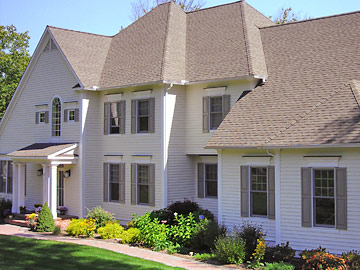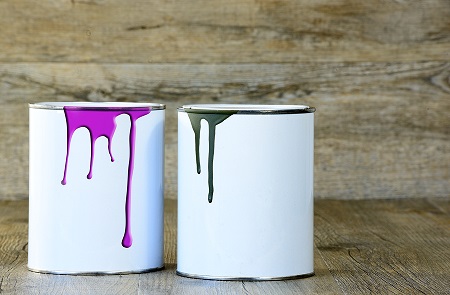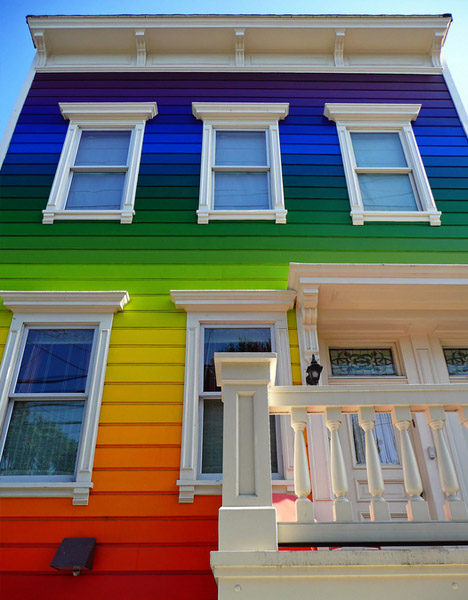
- When buying paint, buy quality
There are a lot of bargain-brand paints out there, and you shouldn’t use any of them. Like with many other purchases, it pays to buy quality. Good paint, like selections from Benjamin Moore and Sherwin-Williams will last and look great for years.
- Clean the surfaces
No professional painter would paint over unwashed walls with chipping and peeling paint, and you shouldn’t either. Put in the extra time on the front end for preparation for a smoother job and a longer-lasting result.
- Something rotten in Denmark
Painting over rotten wood and siding is an exercise in futility, similar to trying to fry an egg on a block of ice. If you have areas of rot on your exterior walls, either replace with new material or use a wood hardener and match with a filler designed for exterior surfaces. You might want to consult a professional for this one.
- Don’t forget the primer
You have two options: 1 – apply a quality primer, sand and then apply the paint; 2 – purchase a brand of paint that has primer included in it. The latter option will cost you more out the gate, but that cost may be recouped by not having to buy a separate primer and not having to apply so many coats. Talk with a paint expert before deciding.
- Cover the surroundings
Unless you want your shrubbery, flowers and tree limbs to be color-coordinated with your home, cover them before you start painting. This goes for anything else outside that you don’t want to get paint on – because, trust us, you’re going to get paint on it if it’s not protected.
- Paint-combining for consistency
Rather than use paint can by can, mix same-color paints five gallons at a time in a large bucket. Professional painters always do this to ensure a more consistent and uniform color. But remember to mix only the exact same shade from the exact same manufacturer, because what one maker calls “ivory” may not be the same as another brand’s “ivory.”
- Always work from top to bottom
This is an easy way to get a superior finished product. Painting from the top of surfaces to the bottom results in less streaking and other accidental imperfections such as drips and runs. You’ll never see a pro going bottom-to-top.
- Paint and rain don’t mix
Obviously you don’t want to paint in the dead of winter, and in Connecticut, all non-winter months get their share of rain. When planning an exterior painting project, get all your “ducks in a row” and then pay attention to weather forecasts for an upcoming dry period. Then get to work!
- Storing unused paint

Professional painters have spent years learning these and many other “tricks of the trade” for exterior house painting projects. Franklin Painting of Connecticut is always available to help with any interior or exterior paint job, guaranteeing you fantastic results. Call us at (877) 646-7774.



